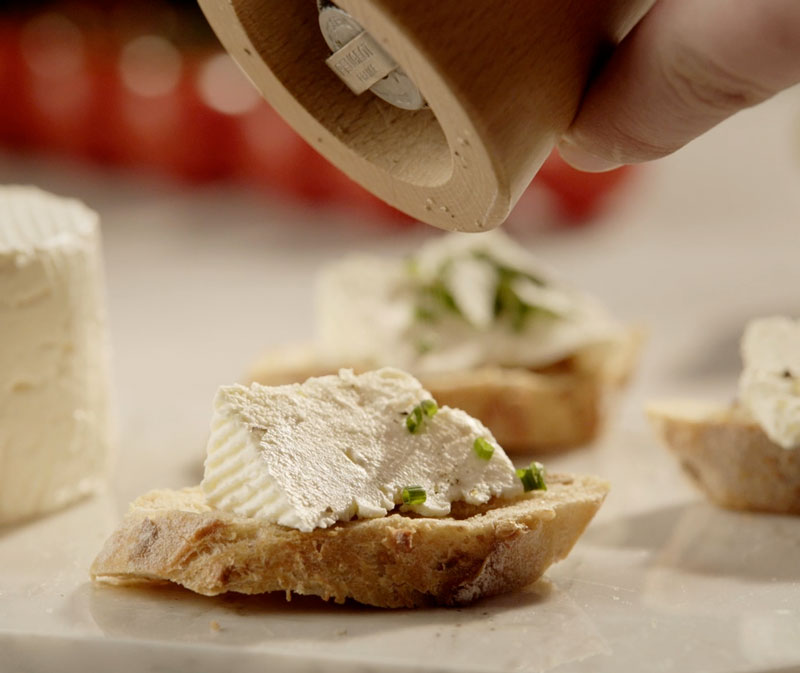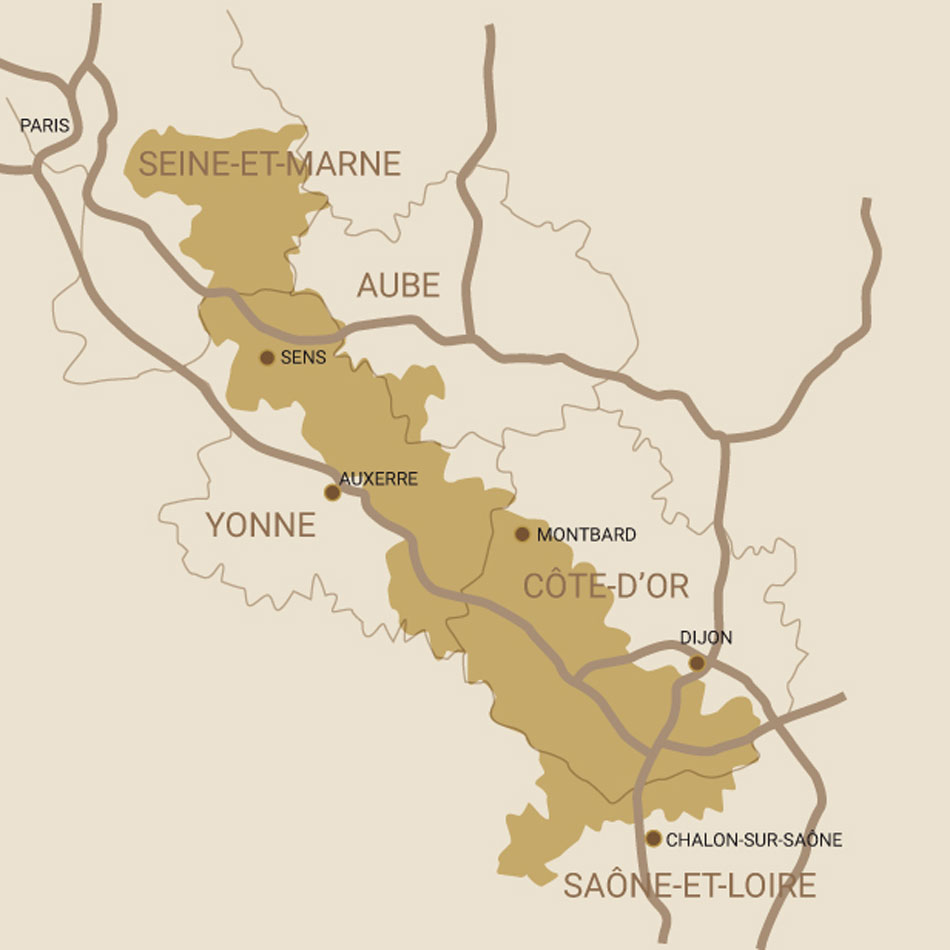

Brillat-Savarin is a soft cheese made from a milk curd produced from cow’s milk enriched with cow’s cream.
It is put on the market 3 days at the earliest after it has been produced.
When it is sold "matured", Brillat-Savarin is at least 5 days old for the small sizes and 8 days old for the large sizes. It then has a "bloomy" rind.
 FR
FR



